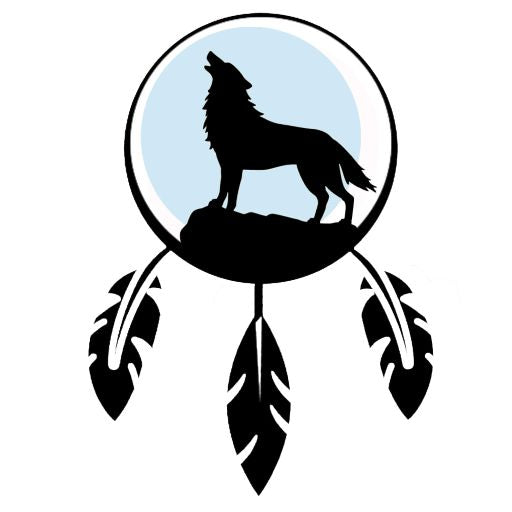Who are the Native American peoples?

Native American peoples, also known as Indigenous peoples of the Americas, form a rich and diverse cultural mosaic. Before the arrival of Europeans, these groups inhabited the American and Canadian continents, each with its own language, traditions, and way of life. This article explores some of the major Native American peoples and their distinctive characteristics.
1. The Iroquois
The Iroquois, or Haudenosaunee, are a group of nations located primarily in the northeastern United States and Canada. They include the Mohawk, Oneida, Onondaga, Cayuga, Seneca, and Tuscarora. Known for their complex political system and their role in the fur trade, the Iroquois are also famous for their federation, often considered one of the earliest democracies in history.
2. The Sioux
The Sioux, also known as Dakota, Lakota, and Nakota, primarily inhabit the Great Plains of the United States and Canada. They are renowned for their nomadic lifestyle centered on bison hunting, as well as their warrior culture. The Sioux play a central role in Native American history, particularly in the resistance against American expansion in the 19th century.
3. The Navajos
The Navajo, or Diné, are one of the largest Native American groups in the United States, primarily located in the Southwest, within the Navajo Nation. They are known for their craftsmanship, including rug weaving and silver jewelry making. The Navajo have a rich spiritual tradition that emphasizes harmony with nature and community.
4. The Hopi
The Hopi people live primarily in Arizona, in villages located on mesas. They are renowned for their arid agriculture, using traditional irrigation techniques. The Hopi are also known for their religious ceremonies, dances, and pottery, which reflect their deep connection to the land.
5. The Cherokees
The Cherokee, native to the southeastern United States, developed a rich and complex culture. They were one of the first Native American peoples to adopt agricultural practices and create a writing system, developed by Sequoyah. The Cherokee faced major hardships, notably during the Trail of Tears, when thousands of them were forced to leave their lands.
6. The Algonquins
The Algonquins are a linguistic group that includes several nations living primarily in the northeastern United States and Canada, notably the Mi'kmaq, Maliseet, and Abenaki. They have a way of life based on hunting, fishing, and gathering, and have played a key role in relations with European colonizers.
7. The Inuit
The Inuit primarily inhabit the Arctic regions of Canada, Alaska, and Greenland. They are known for their traditional way of life adapted to the harsh climate, including seal hunting and igloo building. Inuit culture is rich in art, music, and oral traditions that convey their history and spirituality.
8. The Tlingits
The Tlingit people reside primarily in Alaska and northwestern Canada. They have a rich maritime culture and are known for their totem poles, wood carvings, and matrilineal social system. The Tlingit also have a strong oral tradition that allows them to pass on their stories and cultural identity.
9. The Salish
The Salish people live primarily in the Pacific Northwest, including parts of Washington State and British Columbia. They are known for their crafts, particularly basket weaving and wood carving. The Salish have a rich culture, with oral traditions and dances that tell their story and their relationship with nature.
10. The Cree
The Cree are a significant group spread across several Canadian provinces, including Quebec, Ontario, and Alberta. They speak an Algonquian language and have a rich culture based on hunting, fishing, and gathering. The Cree are also known for their craftsmanship, particularly in making clothing and leather goods.
11. The Ojibwe
The Ojibwe, or Anishinaabe, live primarily in the northern United States and Canada. They are known for their crafts, particularly beaded jewelry and basketry. The Ojibwe have a rich spiritual tradition, with beliefs and practices that emphasize respect for nature and ancestors.
12. The Blackfeet
The Blackfeet, or Piikani, are a Plains Indian people, living primarily in Montana and Canada. They are renowned for their warrior culture and their relationship with the bison. The Blackfeet also have a rich tradition of storytelling and dances that celebrate their history and identity.
13. The Chipewyans
The Chipewyan, or Dene, people live primarily in northern Canada, particularly in the Northwest Territories. They are known for their traditional way of life, which they practiced hunting and fishing in the subarctic region. The Chipewyan speak several dialects of the Dene language and are renowned for their expertise in fur garment making.
Conclusion
Native American peoples are an essential part of the history and culture of the Americas. Each of these groups has its own traditions, languages, and ways of life, contributing to the richness and cultural diversity of the continent. Recognizing their heritage and contemporary struggles is crucial to understanding the history and culture of the Americas. By learning more about these peoples, we can better appreciate their resilience and influence in the modern world.
Photo: iStock
